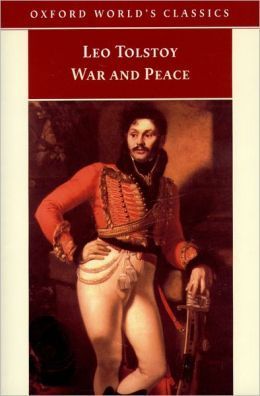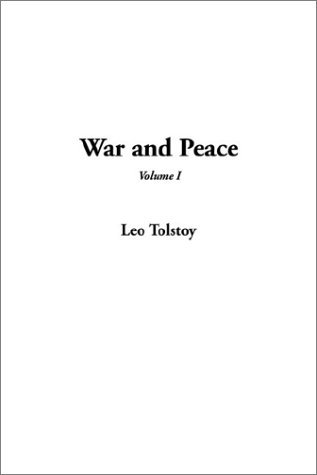
War and Peace
Book Description
Amidst the chaos of Napoleonic war, lives intertwine and destinies clash in a breathtaking saga of love, loss, and resilience. This monumental tale follows unforgettable characters as they navigate the tumult of battlefields and the pangs of heartache, illuminated by the relentless pursuit of meaning in a fractured world. Secrets fester and alliances shift with every passing storm, while the weight of history looms large. As passion ignites and dreams shatter, where will the true strength of the human spirit reveal itself? Can hope flourish even in the darkest of times?
Quick Book Summary
War and Peace is Leo Tolstoy's sweeping chronicle of Russian society during the Napoleonic Wars, blending romance, philosophy, and profound insight into the human condition. The novel intricately follows the intertwined lives of aristocratic families—particularly the Rostovs, Bolkonskys, and Bezukhovs—as they confront love and loss, war and peace, and enduring moral dilemmas. Against the backdrop of historical upheaval, Tolstoy explores how personal destinies are shaped by fate, free will, and the tides of history. With its vivid characterizations and deep philosophical undercurrents, "War and Peace" examines what it means to live with hope, resilience, and grace even in the darkest times, offering a panoramic meditation on human strength and frailty.
Summary of Key Ideas
Table of Contents
The Search for Meaning and Spiritual Growth
The narrative centers around a web of interconnected aristocratic families, most notably the Rostovs, Bolkonskys, and Bezukhovs. Count Pierre Bezukhov, an awkward but idealistic young man, inherits vast wealth and grapples with identity and purpose. Prince Andrei Bolkonsky, disillusioned by court life, seeks meaning on the battlefield and through personal suffering. Natasha Rostov, vibrant and passionate, comes of age amidst the dangers and upheavals of war, embodying both youthful hope and vulnerability. Their personal journeys unfold against the sprawling, chaotic canvas of Russia during the Napoleonic Wars, intertwining in love, betrayal, and self-discovery.
The Impact of War on Society and the Individual
Tolstoy captures the devastating effects of the Napoleonic invasion on individuals and society. The tides of battle shape destinies, disrupt homes, and force harrowing choices upon characters from all walks of life. Tolstoy conveys the trauma, heroism, and confusion of war through both sweeping historical scenes and the intimate experiences of his protagonists. Characters not only face the physical toll of violence but also its emotional and psychological repercussions, grappling with loss, dislocation, and the search for new beginnings in the aftermath of conflict.
The Complexity of Love and Family
Love, family, and the ties that bind individuals are at the heart of the novel. Romantic entanglements—such as Pierre's ill-fated marriage to Hélène and Natasha's transformative relationships—are depicted with extraordinary emotional nuance. The bonds of family are tested by time, fate, and ideology. Parent-child relationships, sibling dynamics, and friendships ebb and flow as the characters strive to reconcile personal happiness with duty, loyalty, and the demands of honor in a changing world.
Fate, Free Will, and the Sweep of History
Throughout the novel, Tolstoy interrogates the forces of fate and free will. Grand historical movements—marches, wars, and alliances—seem to dwarf individual agency, yet each character's choices carry profound consequences. Tolstoy questions the meaning of historical determinism and greatness, challenging the notion that history is shaped solely by exceptional leaders like Napoleon. Instead, he emphasizes the cumulative effect of countless decisions, both great and small, made by ordinary people.
Resilience and the Endurance of the Human Spirit
Above all, "War and Peace" stands as a testament to resilience and spiritual growth. Characters endure heartbreak, transformation, and epiphany, often emerging with renewed perspectives on faith, mortality, and the meaning of life. Tolstoy’s philosophical reflections remind readers that amid loss and catastrophe, hope persists and the human spirit endures. The novel concludes with a meditation on forgiveness, humility, and the search for peace—within oneself, and in the wider world.
Download This Summary
Get a free PDF of this summary instantly — no email required.





